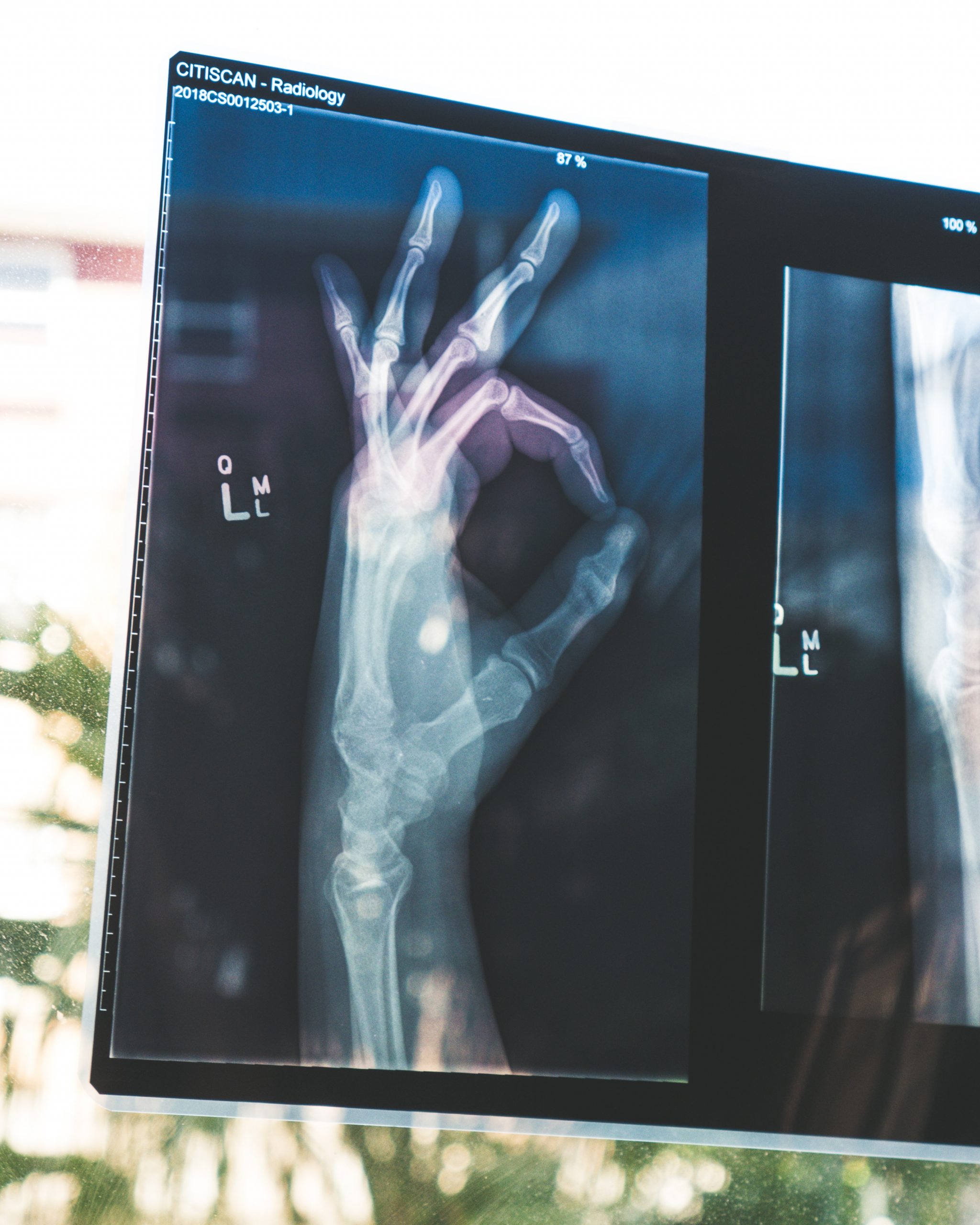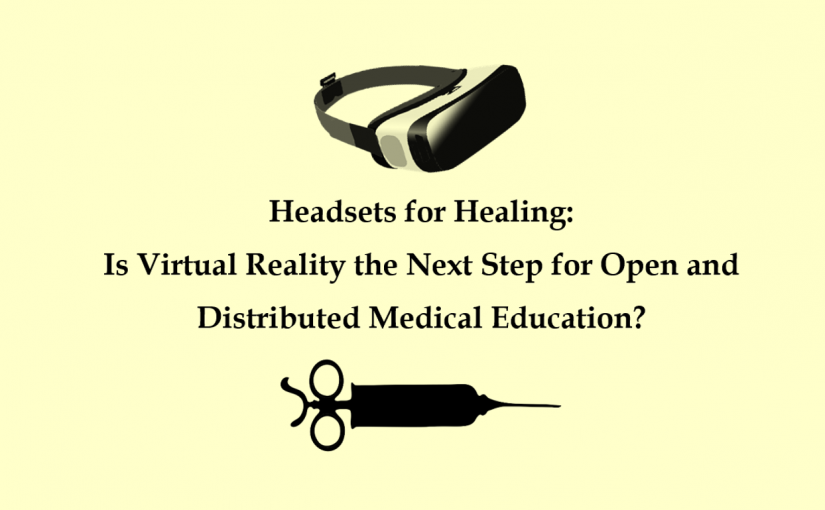As VR usage becomes more prominent in medical education, it is revolutionizing the medical curriculum and content delivery methods. With proper use of VR, laboratory expenses will decrease and patients will be protected as potentially risky student-patient interactions are replaced with student-interface interactions. Since VR simulations are transportable, clinical knowledge can be acquired online from anywhere. Medical schools across North America and Europe have already incorporated MOOCs into medical education. Cedar-Sinai hospital and GIBLIB have recently launched the world’s first 100% online VR-based medical course. This shift toward online and interactive content delivery suggests a promising future for accessible medical education. To accelerate this progress, more medical schools must implement VR simulations and adapt their curricula to fit new delivery methods. Finally, the simulation software must become more accessible for all learners.
I would like to finish by posing one question to medical educators: if a well-rounded medical field is a cross section of the society it serves, then isn’t it time to eliminate the barriers in education? Neutrality and equality are fundamental principles of effective medical practice. To integrate these principles into education, we must take a step towards open and distributed learning.
“If a well-rounded medical field is a cross section of the society it serves, then isn’t it time to eliminate the barriers in education?”

Next: References and Attribution
Navigation
- Introduction
- How is VR Currently Used in Medical Education?
- Students
- Ease of Use
- Cost
- Teaching
- Interaction
- Organizational Issues
- Novelty and Networking
- Security and Privacy
- Conclusion and Question
- References and Attribution
License
This work is licensed under Creative Commons (CC) Attribution 4.0 International

